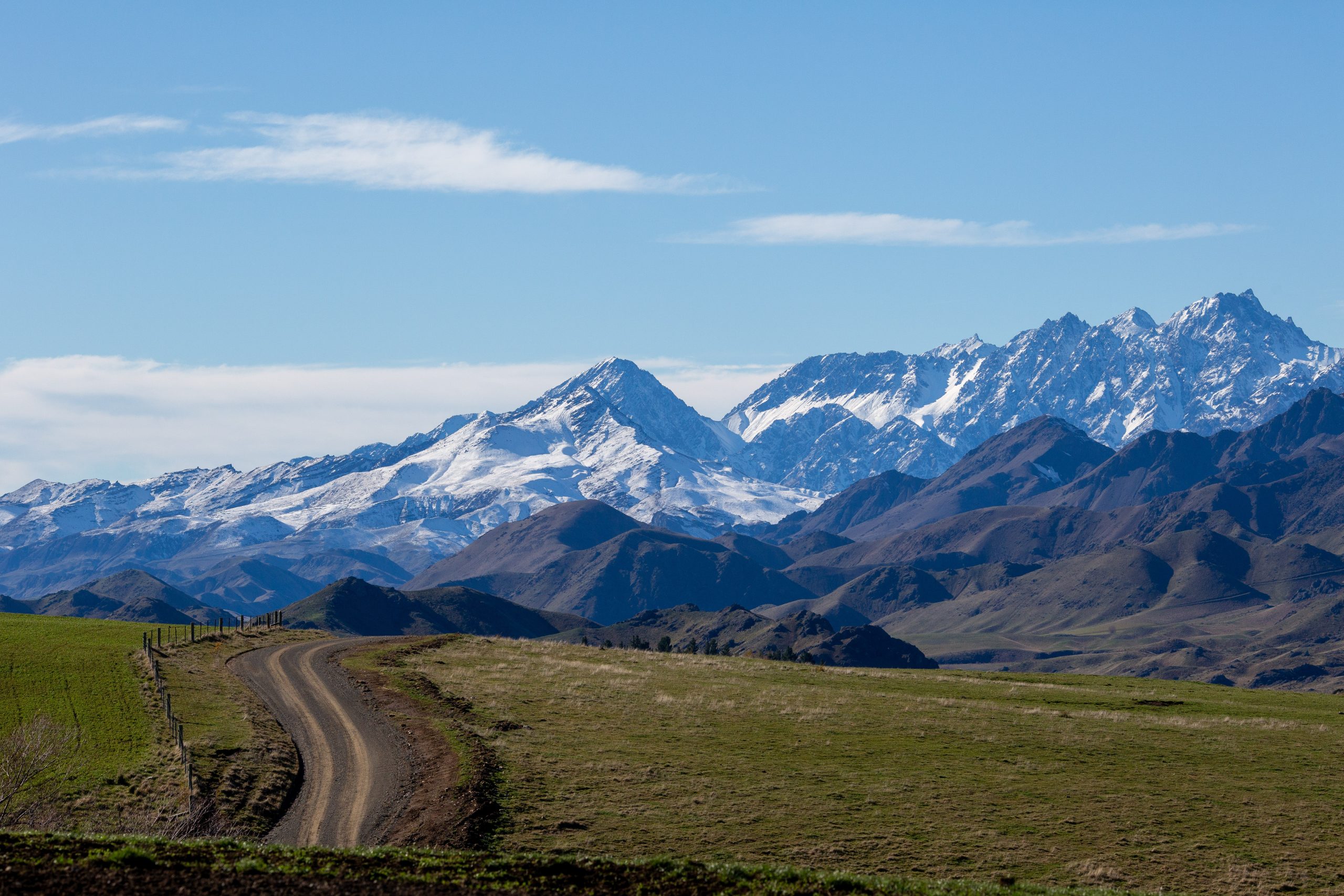Rebecca Harper
Nationwide, there is no flood of conversions of farmland to forestry, but there are localised hotspots, Te Uru Rakau (Forestry New Zealand) Deputy director-general, Julie Collins, says.
Te Uru Rakau is the Government’s principal forestry adviser and plays a leadership role in the forestry sector.
However, nursery surveys show the number of pine trees planted have increased significantly over the last three years.
In 2017 48 million pine trees were planted, 56m were planted in 2018 and 71m are estimated to have been planted in 2019.
“All of these numbers are based on nursery surveys and include both replenishing existing forests and new forests.”
‘Across New Zealand, we are not seeing a flood of conversions to forestry, but there are localised hotspots. Communities in some parts of the country are seeing a rise in farm sales and subsequent forestry conversions taking place.’
In response to questions about the amount of farmland sold to be planted in pine trees, Collins said it was every individual landowner’s decision on how they used their land (including whether or not they sold it) and domestic land buyers were not legally compelled to report on the intended land use for the property purchased.
“We do, however, analyse REINZ farm sales data and nationally. This shows no evidence of a significant rise in farm sales, regardless of the intended end use for the property. There have actually been 8% fewer grazing and finishing farm sales in the past year, compared with the previous year (895 sales compared with 825 in the 12 months to June for 2018 and 2019 respectively).”
Te Uru Rakau also monitors a range of other information to help identify emerging trends in land use. It tracks nursery tree sales, registrations for the Emissions Trading Scheme and uses its network of regional staff and their contacts to build a picture of what is going on.
“Across New Zealand, we are not seeing a flood of conversions to forestry, but there are localised hotspots. Communities in some parts of the country are seeing a rise in farm sales and subsequent forestry conversions taking place,” Collins said.
“New Zealand has a history of changing land use in response to various drivers, predominantly economic. For the last decade the trend in New Zealand has been for more forestry converted to farming (at about 7000 hectares a year) because it made financial sense. This trend is now starting to reverse due to a range of factors, including carbon and log prices, and a recognition by many farmers that trees can form an environmentally valuable and productive part of a wider farming operation.”
In 2018, about 9000ha of new forests were planted (both exotic – mostly pine – and native), and the estimate for 2019 is that between 10,000 and 30,000ha will be planted, with the number expected to ramp up in the following years.
Collins said the organisation is aware changes in land use carry impacts. It has commissioned research to better understand the economic impacts of different types of forestry on rural communities.
For farmers wanting to plant trees, there are a range of funded initiatives available. The key one being the One Billion Trees programme, which aims to see at least one billion trees planted over the next 10 years.
The programme has a fund to support landowners – particularly farmers and Maori landowners – to integrate trees into existing land use.
In addition, partnership programmes are available for projects and initiatives that support tree planting and help improve the way we grow and plant trees.
Full information is on the website: https://www.teururakau.govt.nz/funding-and-programmes/forestry/




